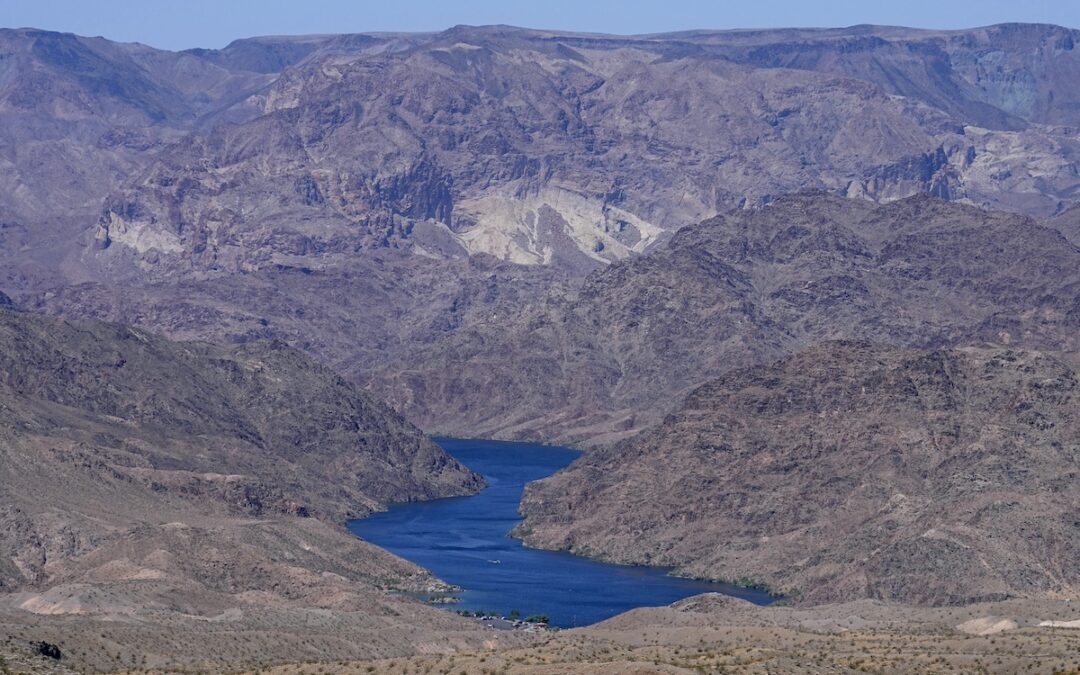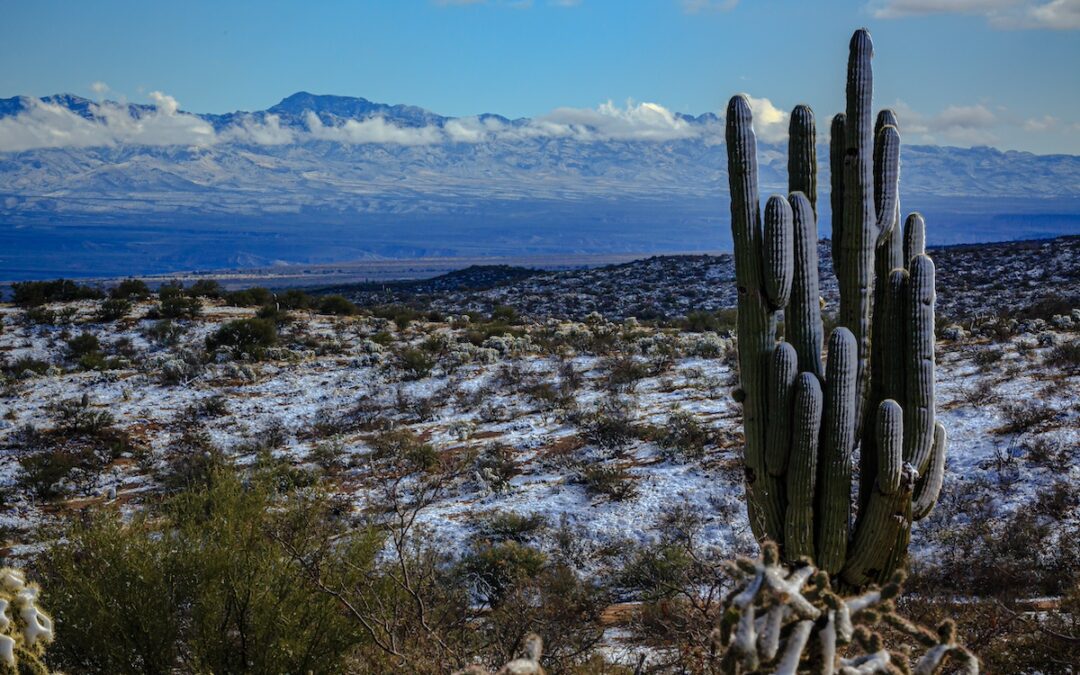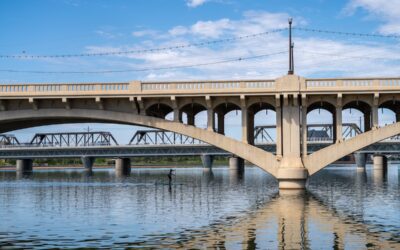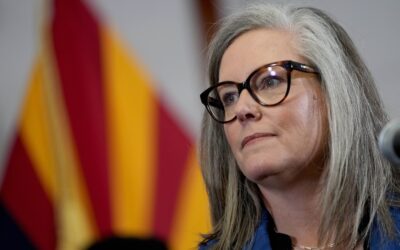
(Michael Fousert/Unsplash)
If you’re used to cruising solo in the HOV lane during rush hour because of your electric vehicle, that could soon cost you at least $400.
Lone drivers of electric and alternative fuel vehicles will no longer have access to the HOV lanes during peak traffic hours. The change goes into effect Oct. 1, unless Congress extends part of a 2005 federal law that allows for the clean vehicle carveout.
While it’s unknown exactly how many drivers will soon be driving in the regular lanes, the Arizona Department of Transportation estimated that nearly 160,000 cars across Arizona have blue-and-white license plates that indicate an alternative fuel vehicle and could lose access to the specialty lanes.
MORE: Trump’s tax bill will likely make electricity prices soar in Arizona
U.S. Rep. Greg Stanton has introduced two bills in Congress to extend the no-cost program through 2031, as well as study the traffic impacts of allowing electric vehicles in the HOV lanes.
He also urged House Speaker Mike Johnson and House Minority Leader Hakeem Jeffries to add the extension to any end-of-year legislation, saying it will “promote American automotive innovation, aid American manufacturing of clean vehicles and alleviate congestion.”
Extending the incentive wouldn’t be a novel thing. It was mostly recently reauthorized in 2015, according to Stanton.
Rolling back clean energy regulations has been a focus of the Trump administration, including cutting tax credits for clean energy, but Stanton is confident that his bills will get bipartisan support.
“It’s not a partisan issue. The vast majority of people who have contacted me happen to be Republicans,” he said.
Stanton also noted that the HOV allowance “is one of the remaining incentives people have to purchase electric vehicles,” adding that Trump’s Big Beautiful Bill, which was passed in July, removed the tax credit for electric vehicle buyers after Sept. 30. The credit saved buyers $7,500 for purchasing a new electric vehicle and $4,000 for a used one.
ADOT began warning drivers and potential electric vehicle buyers in spring that the incentive would be gone by October.
Vehicles allowed in the HOV lanes on weekdays between 6 a.m. and 9 a.m. and 3 p.m. to 7 p.m. include vehicles with two or more occupants, public transit buses and motorcycles. Fines for not following the rules cost at least $400.
This all comes on the heels of restored federal funding for ADOT to move forward with a plan to create a statewide electric vehicle charging network. The goal is to reduce “range anxiety” while encouraging people to buy electric.
Lauren De Young covers Tempe, Chandler, Maricopa County and transportation for The Republic. Reach her at [email protected].
This article originally appeared on Arizona Republic: Arizona‘s electric vehicles will soon lose access to HOV lanes. Here’s why
Reporting by Lauren De Young, Arizona Republic / Arizona Republic

White House scraps water expert’s nomination as states hash out Colorado River plan
ALBUQUERQUE, N.M. (AP) — A veteran water expert from Arizona says the Trump administration withdrew his nomination to lead the federal agency that...

Trump’s tax bill will likely make electricity prices soar in Arizona
Donald Trump campaigned on promises to slash energy prices, but experts say his tax bill will do the opposite for millions of everyday Americans....

Appeals court revives Native American challenge to $10B SunZia energy transmission project
A federal appeals court has sided with Native American tribes in their fight against the federal government over a $10 billion energy transmission...

New rules for using purified wastewater give Arizona cities more options
PHOENIX – With dwindling water supplies, cities throughout Arizona are exploring multiple ways to meet residents’ water needs. In March, the Arizona...




